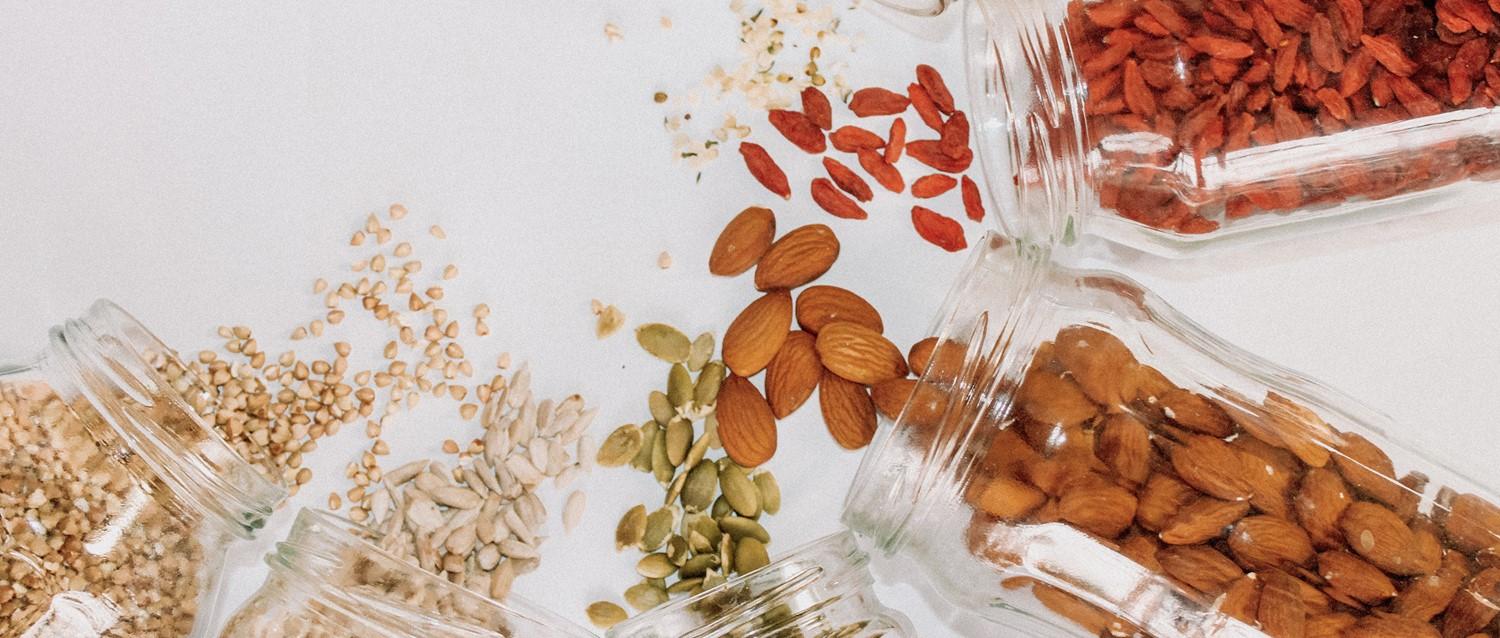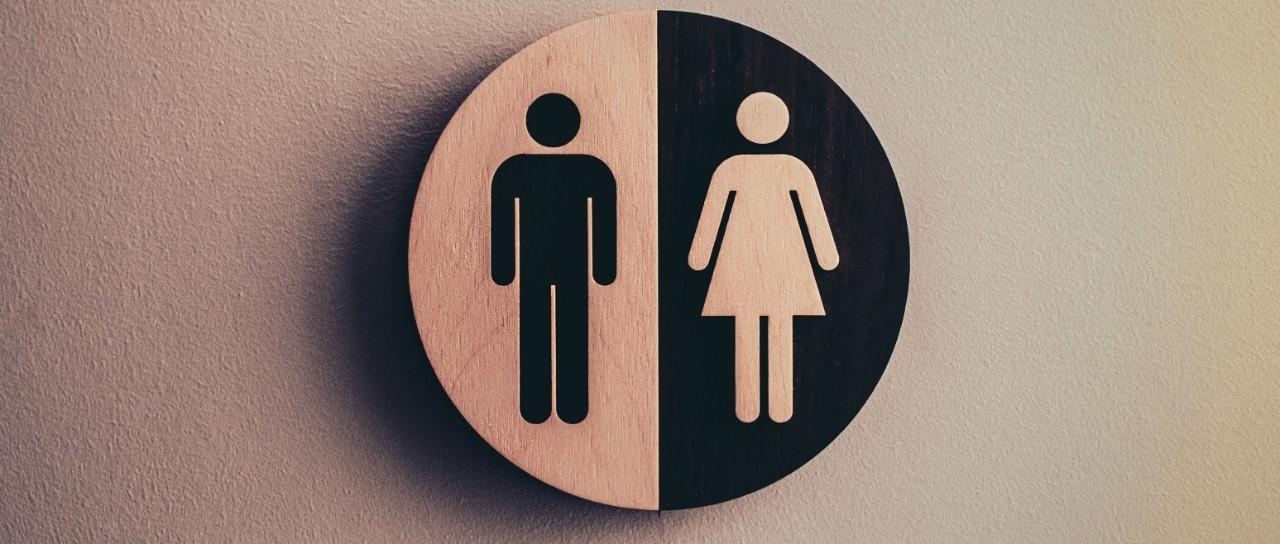
Sneaky ways to eat more fibre
Peer reviewed by Dr Colin Tidy, MRCGPLast updated by Dr Sarah Jarvis MBE, FRCGPLast updated 11 Oct 2018
Meets Patient’s editorial guidelines
- DownloadDownload
- Share
- Language
- Discussion
It’s no secret that eating fibre keeps you regular. But did you know that it really is the original 'superfood'? Amazingly, Hippocrates - the 'father of medicine' - first recommended eating whole wheat as a way of keeping the bowels healthy almost 2,500 years ago. But the benefits of fibre extend way beyond your bowels.
In this article:
There are actually two main kinds of fibre. One is 'insoluble' fibre, or 'roughage', and is found in bran, cereals, wholegrain and wholemeal foods. Insoluble fibre absorbs up to fifteen times its own weight in water. This helps to prevent constipation, but also helps to keep you feeling fuller for longer, so aiding weight loss.
'Soluble' fibre is mainly found in oats, rye, lentils, beans and vegetables. It acts like a gel, which also helps you to feel full for longer. It keeps control of your blood sugar and lowers your cholesterol too.
Continue reading below
How much, how often?
We should be eating 25 g of fibre every day; yet the average intake in the UK is only half that much. Eight out of 10 of us - seven out of 10 men and almost nine out of 10 women - don’t get enough fibre in our diets.
Starting the day with a high-fibre breakfast, like a bran cereal or wholemeal toast, can help in all sorts of ways. You're less likely to get a dip in blood sugar and energy levels mid-morning. You're less likely to feel hungry before lunch and give in to that sugary, high-fat snack. And it can improve your concentration levels too.
A windy problem?
Of course, many people are put off mainlining bran and baked beans because they associate these foods with embarrassing problems. And it's true that increasing your fibre intake suddenly can increase wind and sometimes tummy bloating, especially if you're eating a lot of pulses and beans. But if you build up your fibre gradually you can keep the side-effects to a minimum but still get the benefits.
Continue reading below
IBS alert
Irritable bowel syndrome (IBS) is extremely common, affecting as many as 1 in 5 people in the UK at some point and an even higher proportion of women. Thought to be due to overactivity of the muscles or nerves of the gut and/or food intolerance, the bloating, tummy pain, diarrhoea or constipation (or both), feeling sick and tiredness which it leads to can have a real impact on quality of life.
Diet plays a major role in controlling symptoms, and confusingly fibre-containing foods can both improve and worsen symptoms. For many people, insoluble fibre leads to more pain and bloating, while the 'right' soluble fibre can bring relief. So adjusting your diet is highly likely to be one of your doctor's first recommendations.
However here the fibre story gets more complicated still: FODMAPS are a group of short-chain, easily fermentable carbohydrates that are not very well absorbed in the small bowel. Once they reach the large bowel, gut bacteria act on them to ferment them, producing gas as a by-product.
In recent years, low FODMAPS diets have become increasingly popular because of their effectiveness at relieving wind, pain and other IBS symptoms for many advocates. However, a little detective work and more than a little dedication is required to follow a low FODMAPS diet - for instance, cauliflower is high in FODMAPS while broccoli is low.
The big health benefits
Reduce your risk of type 2 diabetes
Eating a high-fibre diet could cut your risk of developing type 2 diabetes by up to a third.
More energy
People who started eating a high-fibre diet reported a 10% increase in energy levels within just two weeks.
A healthier heart
For every 10 g of fibre you eat every day, your risk of heart disease drops by 14%.
Cut your cancer risk
Doubling your fibre intake from 13 g a day (the average in Britain) to 25 g a day could cut your risk of bowel cancer by 40%.
Keep trim
Increasing the fibre in your diet can help you to lose weight. In the longer term, sticking to a higher-fibre diet can help to keep the weight off.
Continue reading below
How to get more
Once you know how, it's easy to swap some of your regular foods for higher-fibre alternatives. Unless you suffer from IBS, there's a good chance that you'll tolerate high-fibre foods, especially if you dial up your intake gradually.
Lots of foods now come with labels, which list how much fat, sugar, salt, etc they contain. Look for the amount of fibre in every 100 g: a food with more than 6 g fibre in every 100 g is a high-fibre food, and a food with at least 3 g fibre in every 100 g is a reasonable source of fibre.
The Food Standards Agency recommends that one of the most effective ways of increasing your fibre is to eat more fibre-rich starchy foods, like high-fibre breakfast cereals. Almost half our fibre comes from cereal-based products.
Easy changes include:
Brown over white
Swap white bread for wholemeal. Choose brown rice and wholewheat pasta instead of white - it takes a little longer to cook, but it tastes even better!
Get your jacket
Swap chips or new potatoes for baked potatoes - but don't forget to eat the skins!
Make the most of oats
For a sweet treat, try a bran muffin or oaty flapjack - preferably with added dried fruit.
Be a keen bean
Add butter beans, kidney beans or lentils to casseroles. Baked beans on wholemeal toast is a cheap, tasty high-fibre meal.
Patient picks for General digestive health

Digestive health
What blood in your poo could mean
Seeing blood in your poo can be scary, but is it always a cause for concern? We explore why it's so important to overcome any embarrassment and visit the GP.
by Abi Millar

Digestive health
The digestive system
The digestive system (gastrointestinal tract) is the long tube that starts at the mouth and ends at the back passage (anus).
by Dr Roger Henderson, MBBS
Continue reading below
Article history
The information on this page is peer reviewed by qualified clinicians.
11 Oct 2018 | Latest version

Ask, share, connect.
Browse discussions, ask questions, and share experiences across hundreds of health topics.

Feeling unwell?
Assess your symptoms online for free
Sign up to the Patient newsletter
Your weekly dose of clear, trustworthy health advice - written to help you feel informed, confident and in control.
By subscribing you accept our Privacy Policy. You can unsubscribe at any time. We never sell your data.